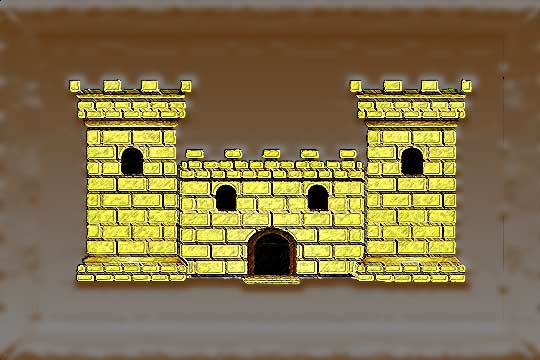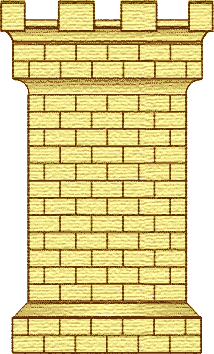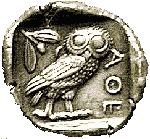Amfipolis, Amfipoli, Kavala,East Macedonia & Thrace
Chrysopolis
| Location: |
| South of Amfipolis, at the lagoon of the outfall of Strymon river in Macedonia |
| Region > Prefecture: |  |
| East Macedonia & Thrace Kavala | |
| Municipality > Town: | |
| City of Amfipoli • Amfipolis | |
| Altitude: | |
| Zero Altitude |
| Time of Construction | Origin | |
| decade of 1320 | Late-BYZANTINE |
|
| Castle Type | Condition | |
| Byzantine City |
In Ruins
|
Chrysopolis or Chrysoupolis was a byzantine port city that developed after the 10th century at the delta of Strymonas river and grew to become an important port.
It is close to Amfipolis on a lagoon that in the autumn is full of flamingos. It should not be confused with modern Chrysoupolis located east of Kavala.
As a genuine Byzantine city, Chrysopolis was protected by a fortification, a few remnants of which are still standing today.
History
Chrysoupolis seems to have succeeded the early Christian city of Amphipolis, located a bit to the North which was ceased, as recorded to the written sources since the 7th century. The archaeological remnants indicate that Chrysoupolis was founded in the mid-Byzantine period and was an important settlement in the area, where most commercial activities of the Strymonas Valley were gathered. The same period was also a commercially active port.
During the 14th century it played an important role which is why Andronicos III Palaiologos included it to the positions he wanted to fortify (during the Byzantine civil war 1321-1328). In 1357, the emperor Ioannis E' Palaiologos, granted the settlement to the brothers Alexios and Ioannis, who had earlier taken it over from the Serbs. Around 1380, Chrysoupolis is taken over by the Ottomans without losing its importance as a commercial center and a station on the way from Thessaloniki to Constantinople.
In the 16th century, although its name is still being referred to, the city seems to be abandoned, but there was still activity in the harbor area although it didn't have any permanent residents.
In the 18th-19th centuries a new bloom of the financial and trading activities of the area is being recorded.
Structure, Fortification & Buildings
From the fortified enclosure that defines the city, a few parts are preserved, which, however, belong to all sides and allow the tracing of its outline.
The north side extends along the lagoon, following a zigzag line along the shoreline, while the other three σsites form a rectangle.
A gate between two ledges of the wall opens on the west side (photos 2, 3, 4, 5) and probably led to the crossing of the river. A second, between two strong towers, exists on the east side, where a part of the wall with towers is preserved (photos 11,12,13). Maybe here was the main gate of the city that connected it with the land roads.
The towers are square with an entrance higher than the ground. Next to the gate on the west side of the castle there was a semicircular tower (photo 7).
At the southernmost point, a tower is preserved at a height of about 5 meters, which is the best preserved element of the fortification (photos 14,15,16).
| First entry in Kastrologos: | November 2015 | Last update of info and text: | May 2022 | Last addition of photo/video: | May 2022 |
Sources
- Website OLKAS - Chrysoupolis
- Website ΟΔΥΣΣΕΥΣ - Greek Ministry of Culture Χρυσόπολις-Ηϊόνα
- Information by Mr. Kostas Ketanis
- Dunn, A. 1982, The survey of Khrysoupolis and Byzantine fortifications in the lower Strymon valley, Akten XVI Inetrnationaler Byzantinistenkongress. (Wien 4-9 Oktober 1981), Wien, 605-614
- ΑΡΧΑΙΟΛΟΓΙΚΟΝ ΔΕΛΤΙΟΝ, issue 36/Β2 Χρονικά, 1981,p.367
|
|
| Access |
|---|
| Approach to the monument: |
| On the old road to Kavala we turn to Ofrinio beach. On the coast road we follow a westerly direction and pass on a dirt road that leads to the lagoon and a sign that shows the castle. |
| Entrance: |
| Free access |












